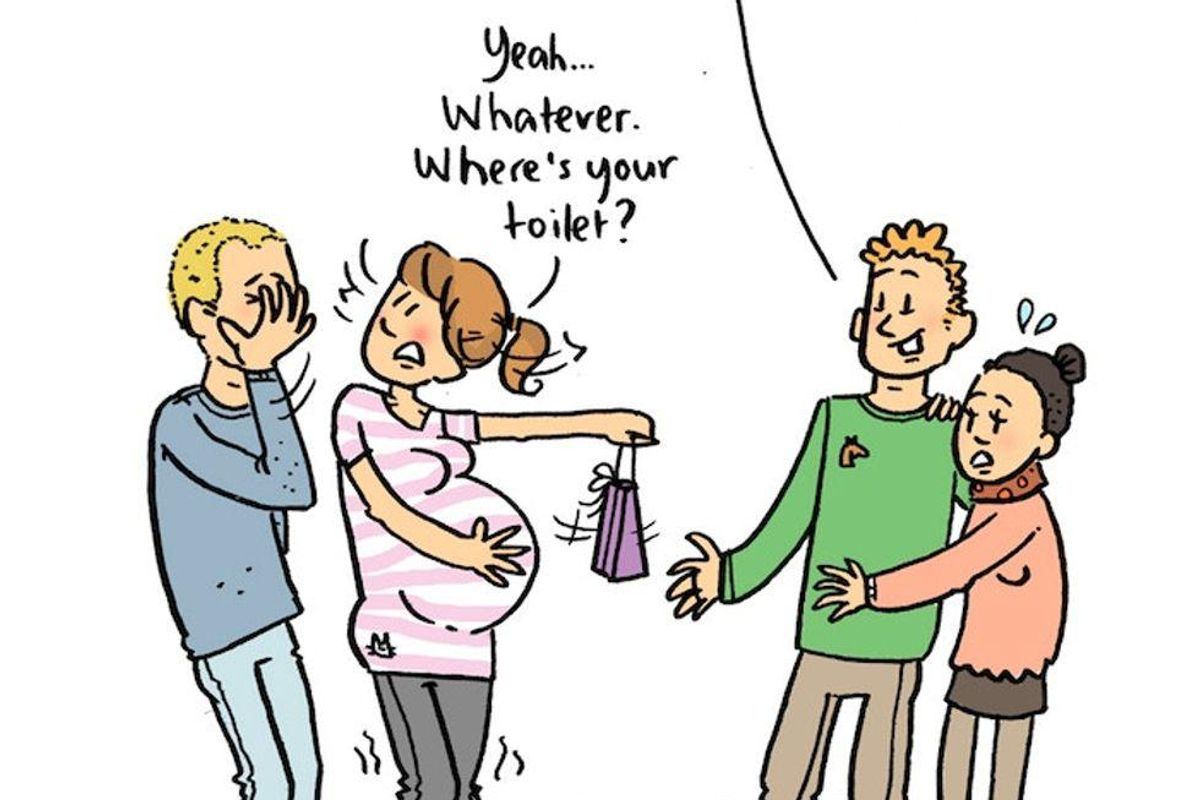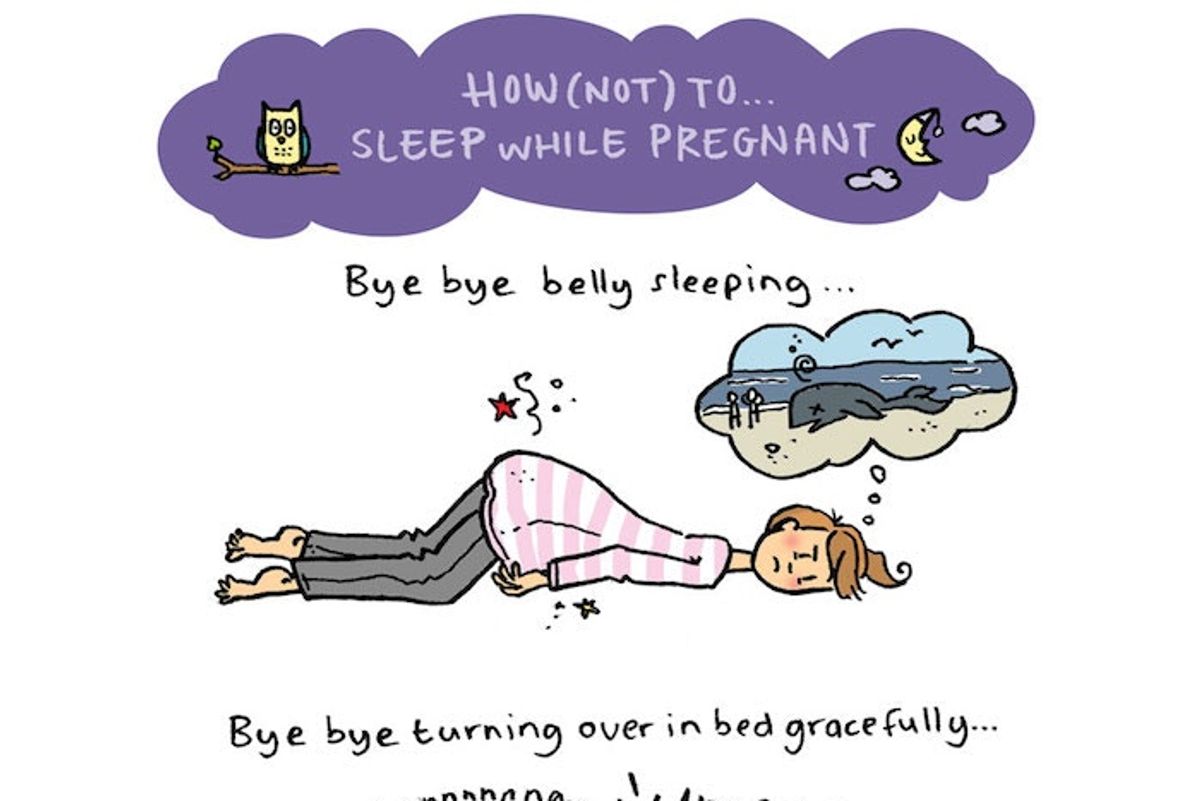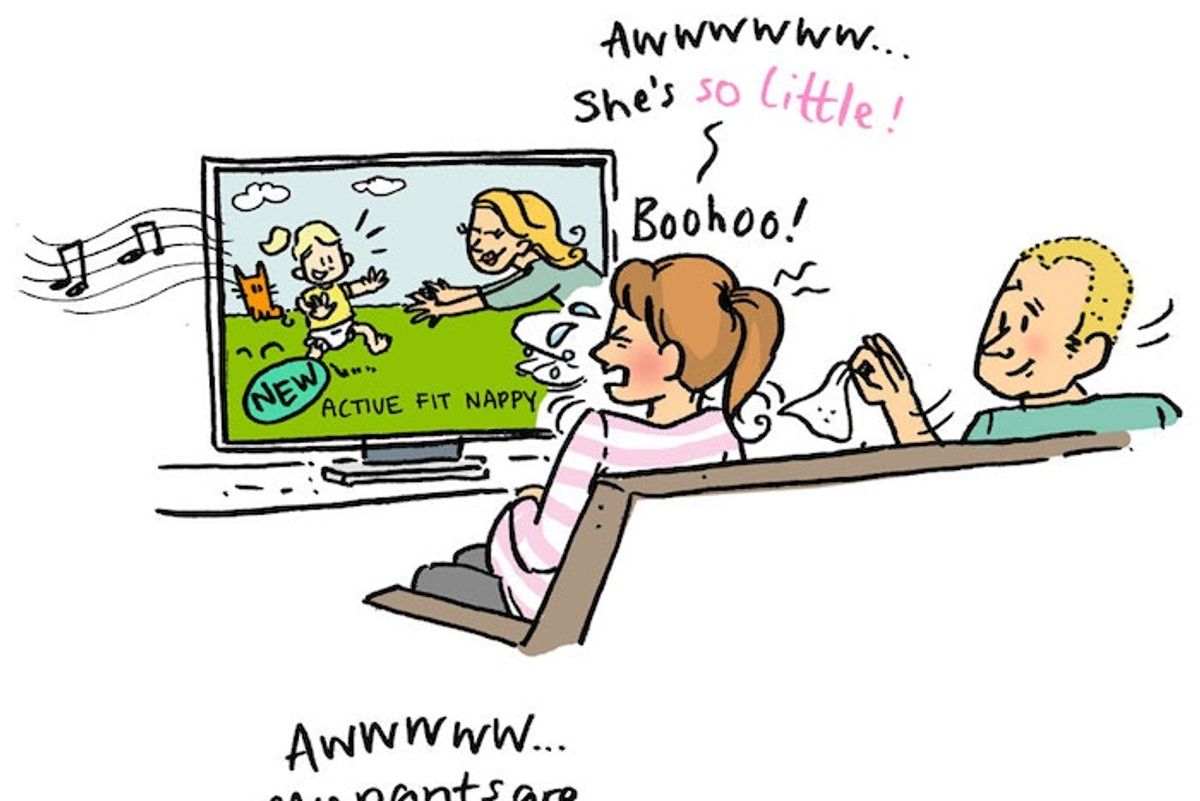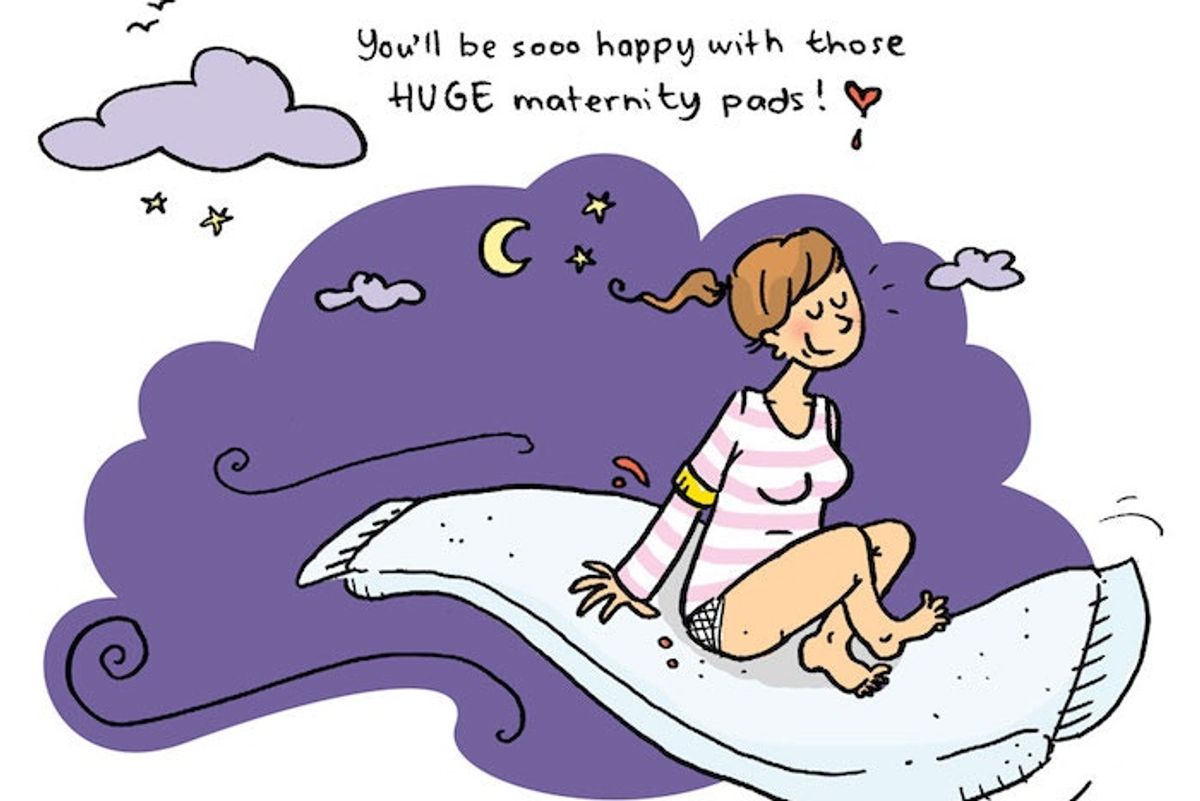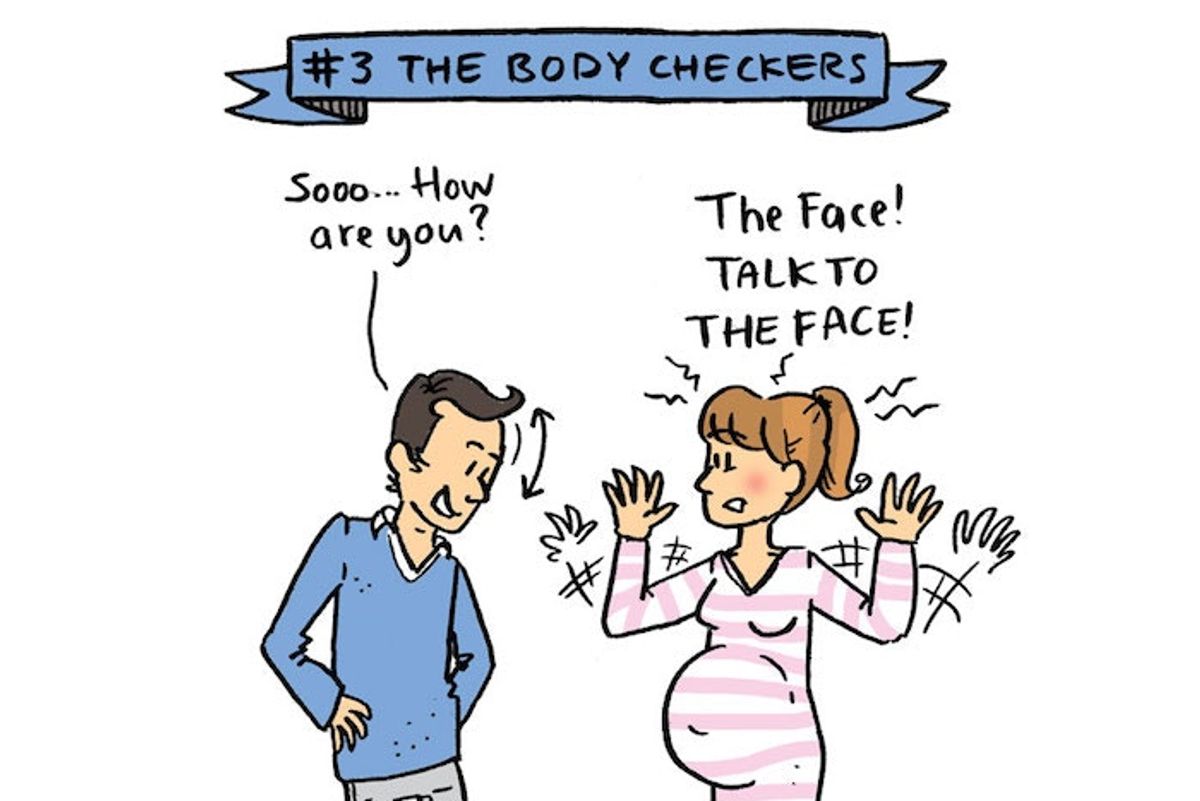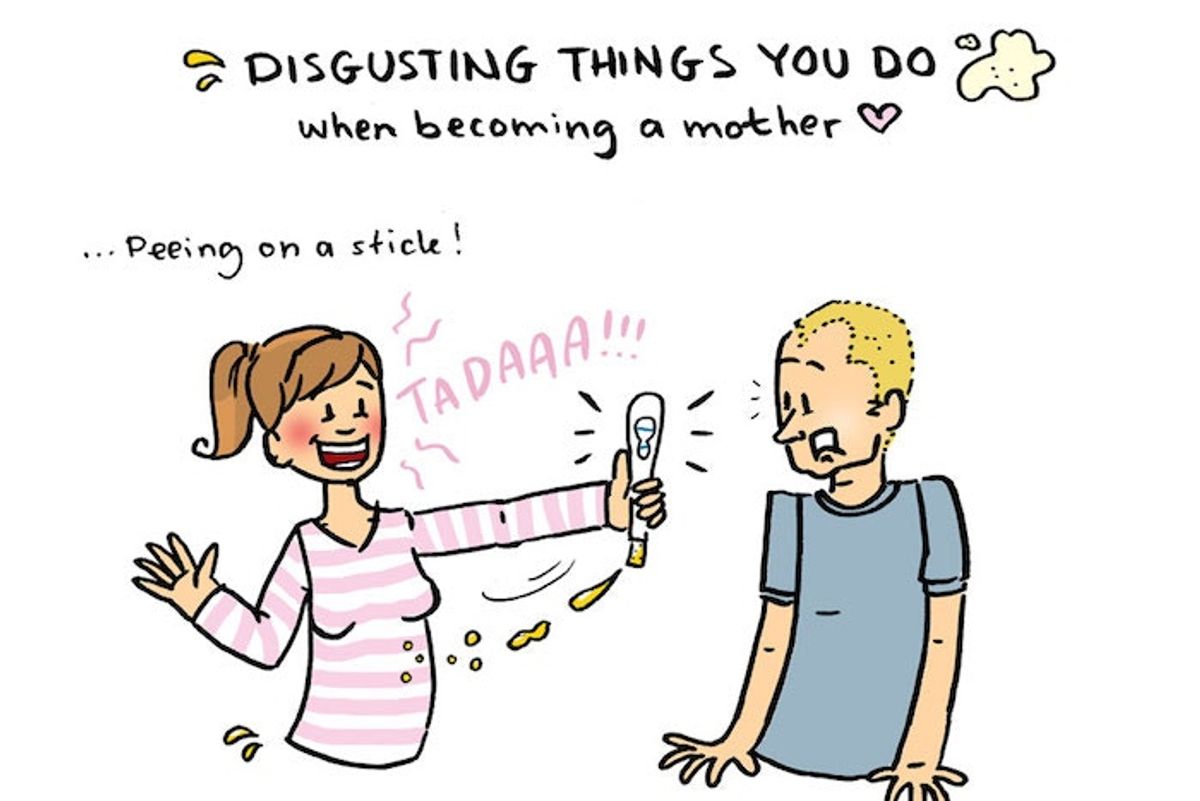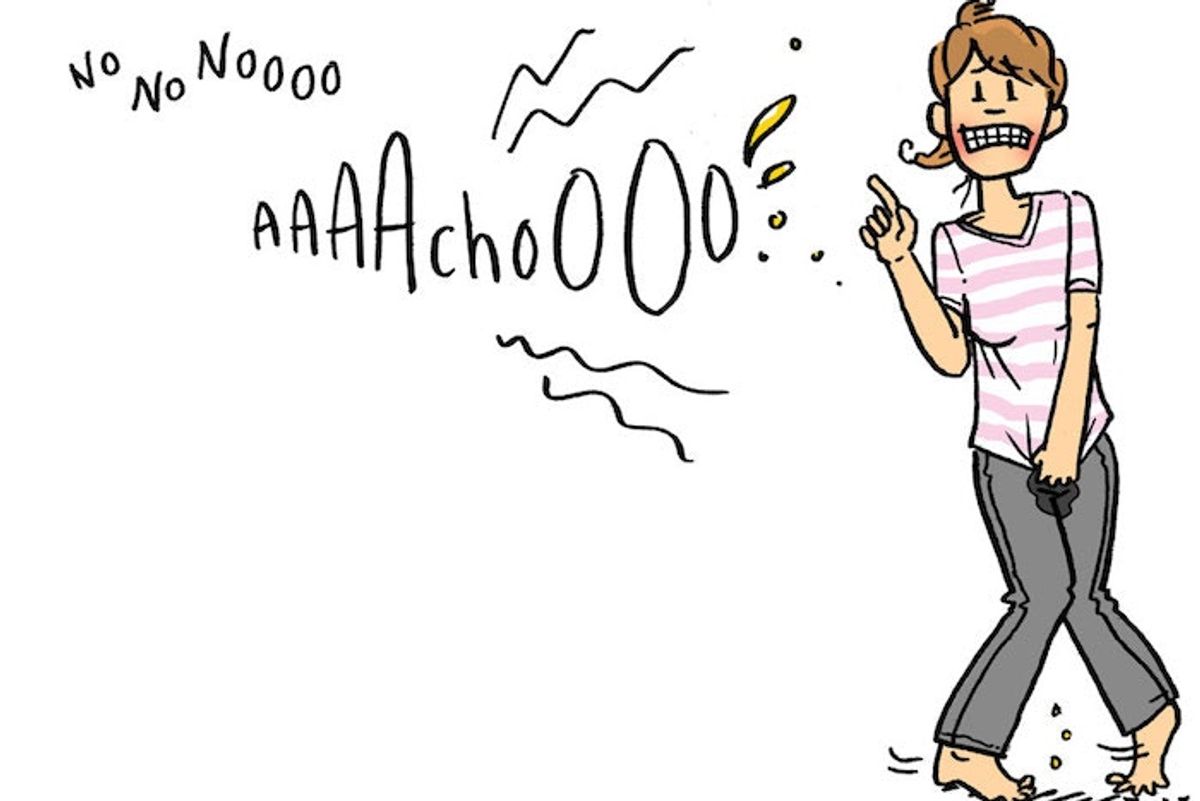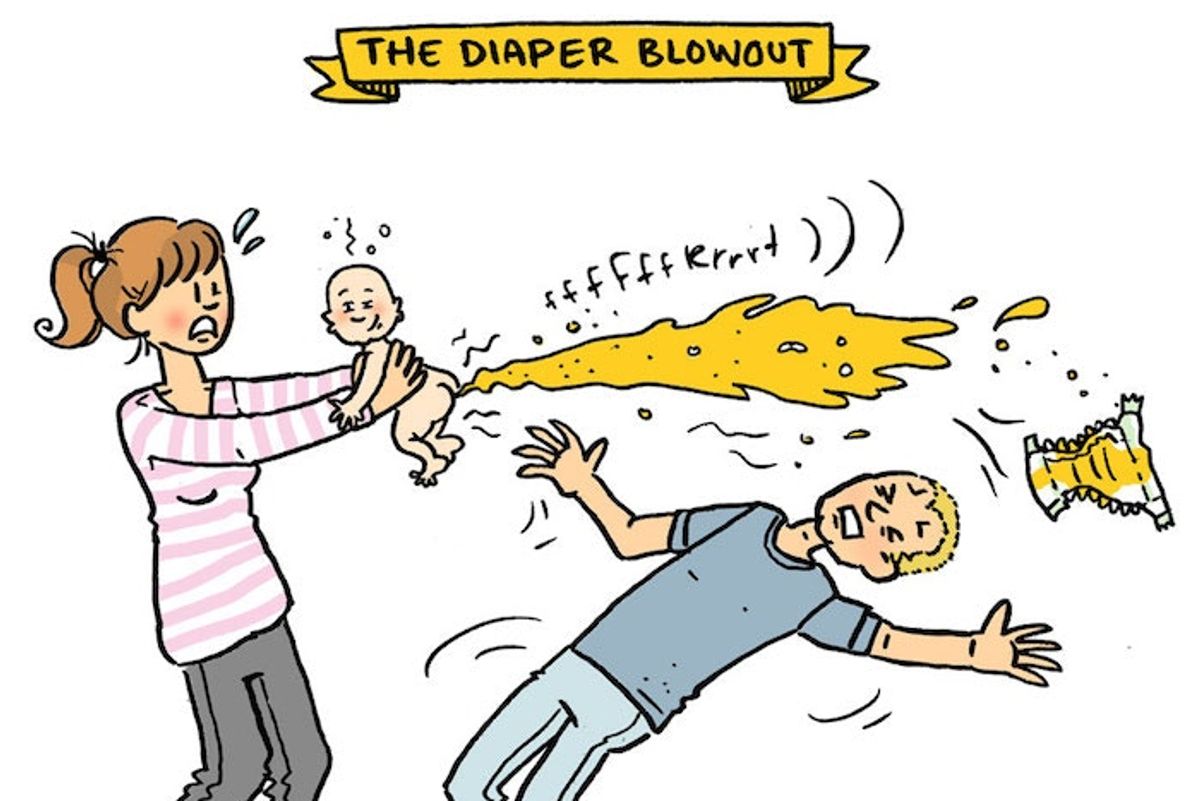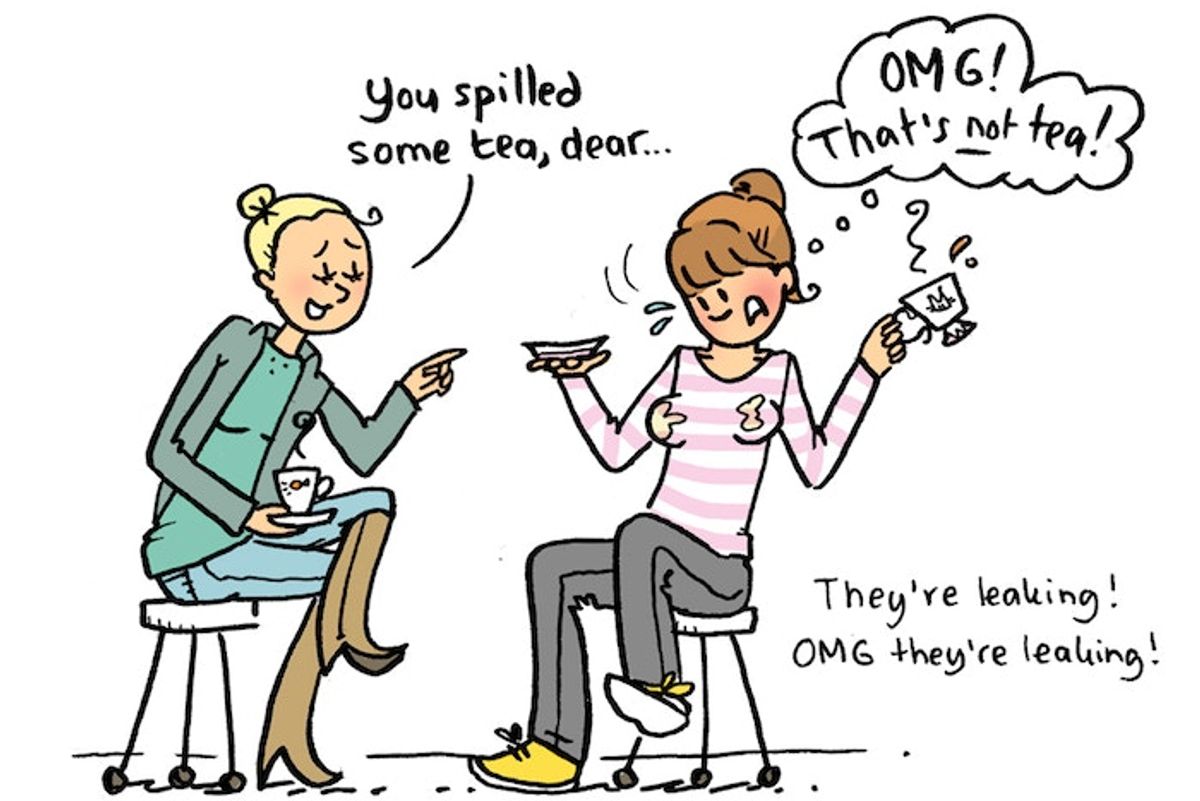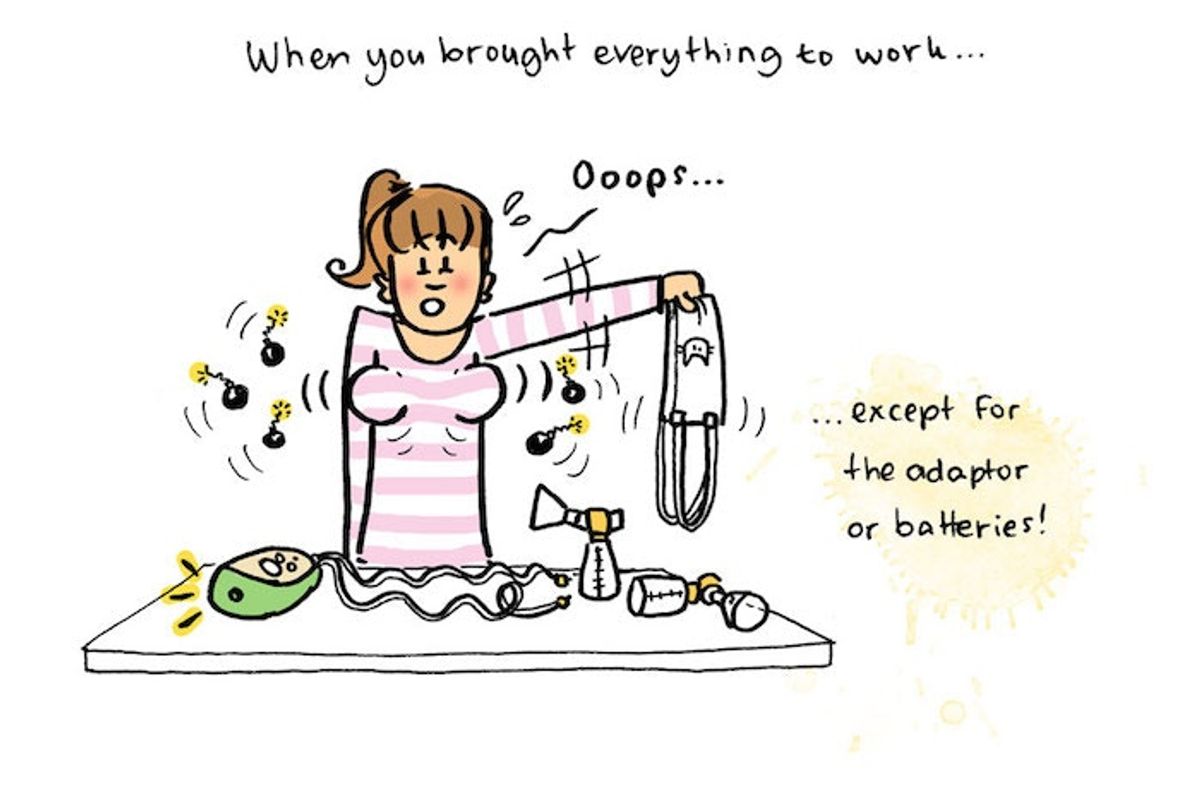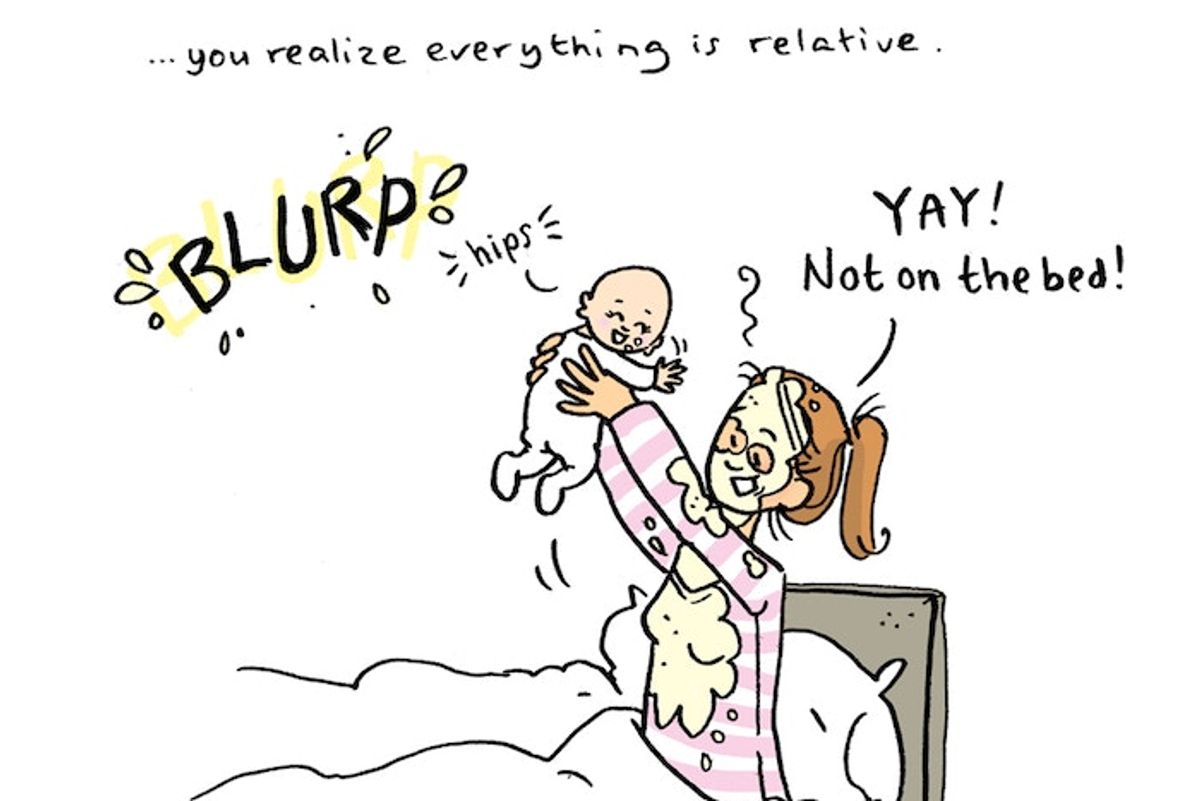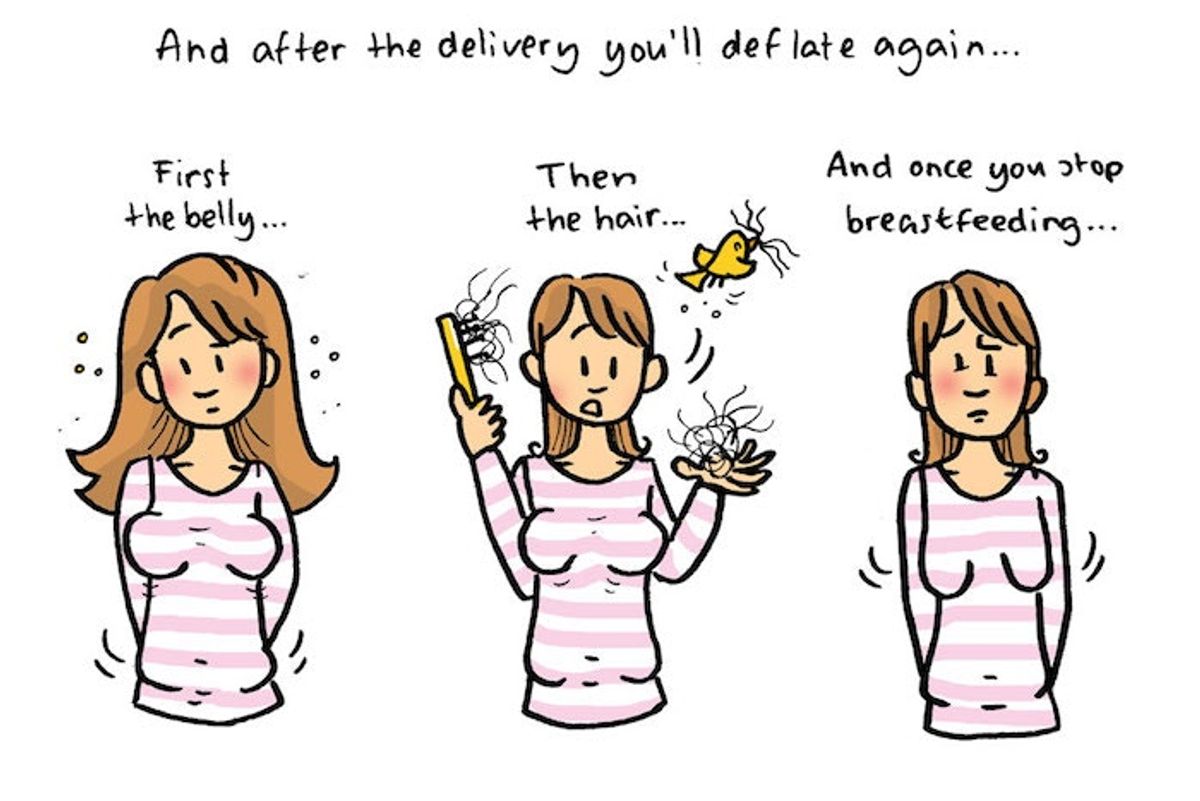Ultramarathoner stopped to breastfeed her baby three times during her race—and still won
Stephanie Case had zero expectation of winning the 61-mile race—she just wanted to feel like an athlete again.
Stephanie Case won the Ultra-Trail Snowdonia race in Northern Wales in May of 2025.
Running an ultramarathon is a feat most humans won't ever even attempt, much less successfully complete. Far more taxing than a regular marathon, ultramarathons not only exceed 26.2 miles—often doubling or tripling those miles—but they frequently wind through rugged terrain with steep elevation changes. It takes an elite level of fitness, athleticism, and mental fortitude to compete in ultramarathons, much less to win one.
So imagine the practically superhuman level of all of the above it would take to win an ultramarathon six months after having a baby and while breastfeeding—which is exactly what 42-year-old mom Stephanie Case did, to everyone's surprise.
Case ran the Ultra-Trail Snowdonia race in Northern Wales in May of 2025 with zero expectations of winning it. She hadn't competed in three years, and after navigating two miscarriages, two egg retrievals, and three rounds of IVF treatments to have her daughter, Pepper, she wasn't sure if she would ever return to it. But as her pregnancy progressed, so did her desire to be an athlete, so she began the meticulous training process of getting her body ready to run 61 miles (100 km), while also preparing to give birth.
"My goals were to enjoy myself and make sure Pepper was fed at aid stations," Case wrote in an Instagram post. "As I no longer have a UTMB index, I started in the last wave, 30 min after the leaders. Sure, I had hundreds of runners in front of me, but I could go at my own pace in blissful ignorance of my placing."
That blissful ignorance turned to delighted surprise when she was informed that she had won. The human rights lawyer and mom had breastfed her six-month-old three times at aid stations during the race, and she had no idea where she stood among the competitors until the race was over.
"It truly was like riding a bike - every kilometre that passed reminded me that I hadn’t lost a thing over these past three years," she wrote. "In fact, I have gained way more joy and strength from this sport as a mom than I ever did before. While it broke my heart to leave little Pepper at the aid stations, I wanted to show her - both of us - how amazing mom runners can be."
However, Case is also clear about how difficult it was to train for and to complete the race, especially after receiving some negative feedback from people who says she's setting the bar too high.
"The response has been so positive, but there has been a negative cohort,” she told The Guardian. “Part of those are just misogynists, but the others are exhausted mums who look at this story and think, oh my God, I could never do that. Now there’s even more pressure on us to be able to have a baby and work and run races and now breastfeed during races.
“I don’t want anyone to feel badly about themselves out of a story like this. I’m quite open about how hard it is and how much support I have, and the messy parts of it. At 95k I was done, dry heaving and peeing all over myself. I ran with devices internally. It’s not all rainbows and bunnies and a lot of things have to come together for something like that to happen.”
One of those things was pelvic floor training. In France, where Case lives and gave birth, it's standard practice for postpartum mothers to have 10 sessions with a midwife for pelvic floor therapy. (American moms, take note.) That was one of many steps and supports that helped prepare her body for the ultramarathon.
Case wants moms to know that having a baby doesn't mean you have to put your goals or dreams aside.
"Whether you are thinking of being a mom, are pregnant, or are a new mom yourself, don’t be afraid to keep setting big goals for yourself," she writes. "Everyone has an opinion about what new moms should or shouldn’t be doing, and that doesn’t open up a lot of space for 'out there' ideas like running an ultra. Should I spend this much time away from my baby? Is it harmful to my body? What about my milk supply? My coach helped me navigate these questions and the social pressures that come with being a new mom runner, but we need to work together to remove the pressure in the first place and provide more support."
Support is definitely key, but let's give credit where it's due to Case herself. Even with all the support in the world, winning an ultramarathon while breastfeeding a six-month-old is an incredible physical and mental feat. Kudos to this mama for making it happen.
- When a Patagonia employee breastfed her baby in a meeting her male VP's response was a masterclass in workplace values ›
- A photographer mom shoots portraits of girls in sparkly dresses and sports equipment because YES ›
- Elite athletes face unnecessary roadblocks when they get pregnant. Time for that to change. ›

 This really shouldn't make us uncomfortable, no matter how much skin is showing.
Photo by
This really shouldn't make us uncomfortable, no matter how much skin is showing.
Photo by  via bfmamatalk / Facebook
via bfmamatalk / Facebook
 It's completely backwards that male nipple is acceptable in public, but not a breastfeeding mother's
It's completely backwards that male nipple is acceptable in public, but not a breastfeeding mother's Patagona has always done a great job taking care of its employeesYukiko Matsuoka/Flickr
Patagona has always done a great job taking care of its employeesYukiko Matsuoka/Flickr While nursing my baby during a morning meeting the other day after a…
While nursing my baby during a morning meeting the other day after a… Not sure if Dwight Schrute would be as accomodating.
Not sure if Dwight Schrute would be as accomodating.
